The inspection, monitoring and maintenance of batteries are a fundamental role when it comes to conserving our batteries, this post details the set of equipment necessary to maintain, charge, regenerate or train batteries in cyclical or backup applications.
12-11-2020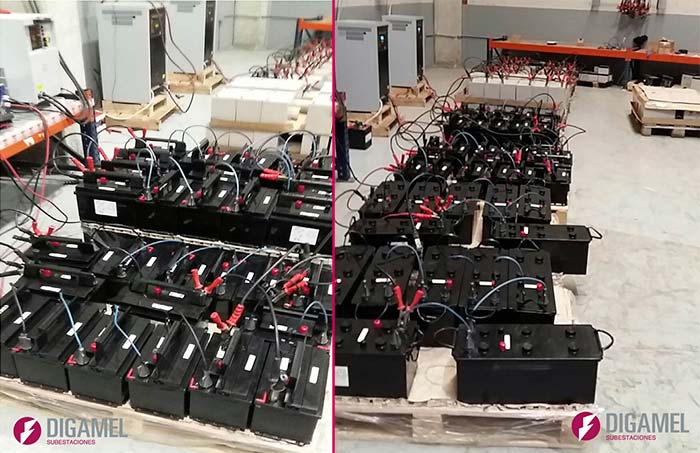
Batteries play a much-needed role in our day by the number of applications and technologies that need power build-up to back up critical loads under missing conditions. Although there are many battery applications, these are installed for only two reasons:
• To protect critical loads under power failure conditions. Hence his criticism. • To avoid economic losses due to the eruption of electricity service.
Because of this, the maintenance, inspection and monitoring of the condition of our batteries is mandatory in our electrical inspections. In DIGAMEL SUBESTACIONES we have everything you need to carry out the maintenance and monitoring of these valuable assets, in this post you will find all the elements of the battery lab that we can offer you:
1. Battery discharger The battery discharger will allow a controlled discharge of the battery while analyzing the voltage and discharge current. Being the most common constant current discharge, the equipment is programmed for constant current discharge precisely while keeping the battery voltage under control.
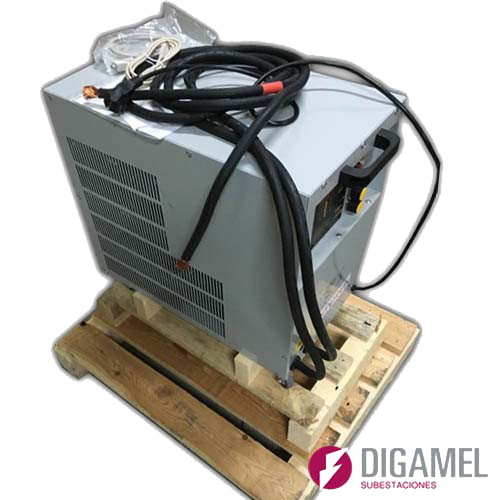
Main parts of the battery discharger: 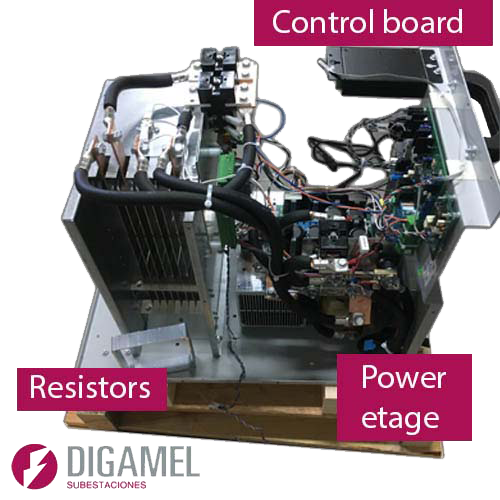
After the test is complete, thanks to its data download port, the user will be able to generate a report on the status of the battery capacity.
2. Battery simulator The battery simulator is used to test the proper operation of chargers and rectifiers of nominal battery voltages of: 12V - 24V - 36V - 48V - 72V -80V (Other voltages can be manufactured on request), also allowing the regulation of current demand to the charger. By means of the voltmeter and ammeter of the panel the customer will be able to observe the parameters marked on the equipment, using its control knob.
3. Battery tester The battery checker performs a measurement of the impedance/conductance and voltage of the battery in order to identify weak cells that may result in the full bank drop. This measurement will not take more than a few seconds per cell and will be accompanied by a sound with the completion of this. On the other hand, the equipment supports cell voltages of 1.2V, 2V, 6V and 12V up to 6000Ah capacity.
4. Battery monitor The battery monitor is an innovative solution for the measurement of battery condition and its communication via PLC or Ethernet. By using multiple frequencies, users will be able to analyze all aspects of the battery in real time, such as internal resistance, current, capacitance and temperature.
5. Universal Multi-voltage Charger Designed for laboratory use of batteries and industrial applications the MVD charger is a high-frequency charger with the possibility to program the battery charging curve. Adjusts the curve
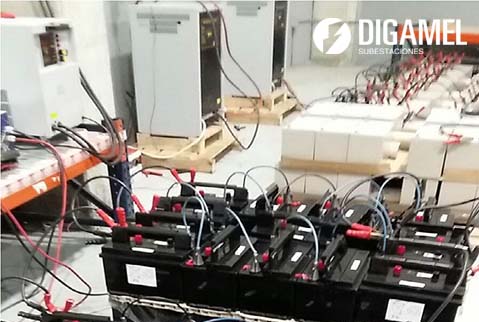
6. Battery rectifier We supply an industrial rectifier, designed to power critical loads in Vcc in addition to charging any type of batteries. The MVD_ASR is based on a standardized IGBT power conversion system, which provides the customer with superior reliability, efficiency and value for money. Its control boards based on the latest generation microprocessor are equipped with panel with alphanumeric display. It is available in multiple configurations, with a wide range of options such as automatic switches, distribution panels, alarm signals and locking diodes.
7. Load banks The resistive load bank will allow generators of both generator sets and other systems to be fully tested by emulating a real load with unit power factor. In addition, we have inductive and capacitive load banks to simulate other types of loads and applications.
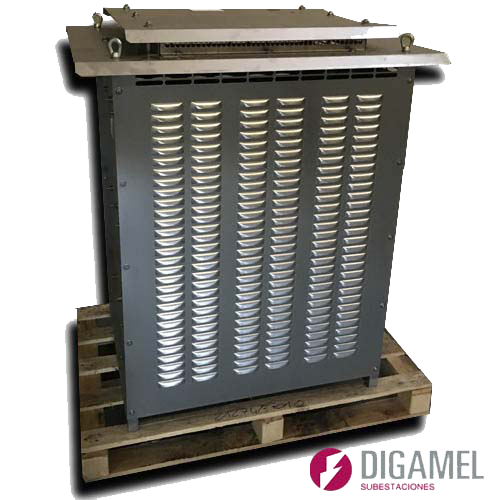
Batteries should always be in optimal condition as they depend on the correct energization of elements such as switch control, disconnectors, event logging, etc. Inside the mains we can find batteries of type acid andalkaline. Its maintenance and regular testing of capacity and impedances will help us determine the status and plan future material renewals avoiding
Contact us by filling out this form: